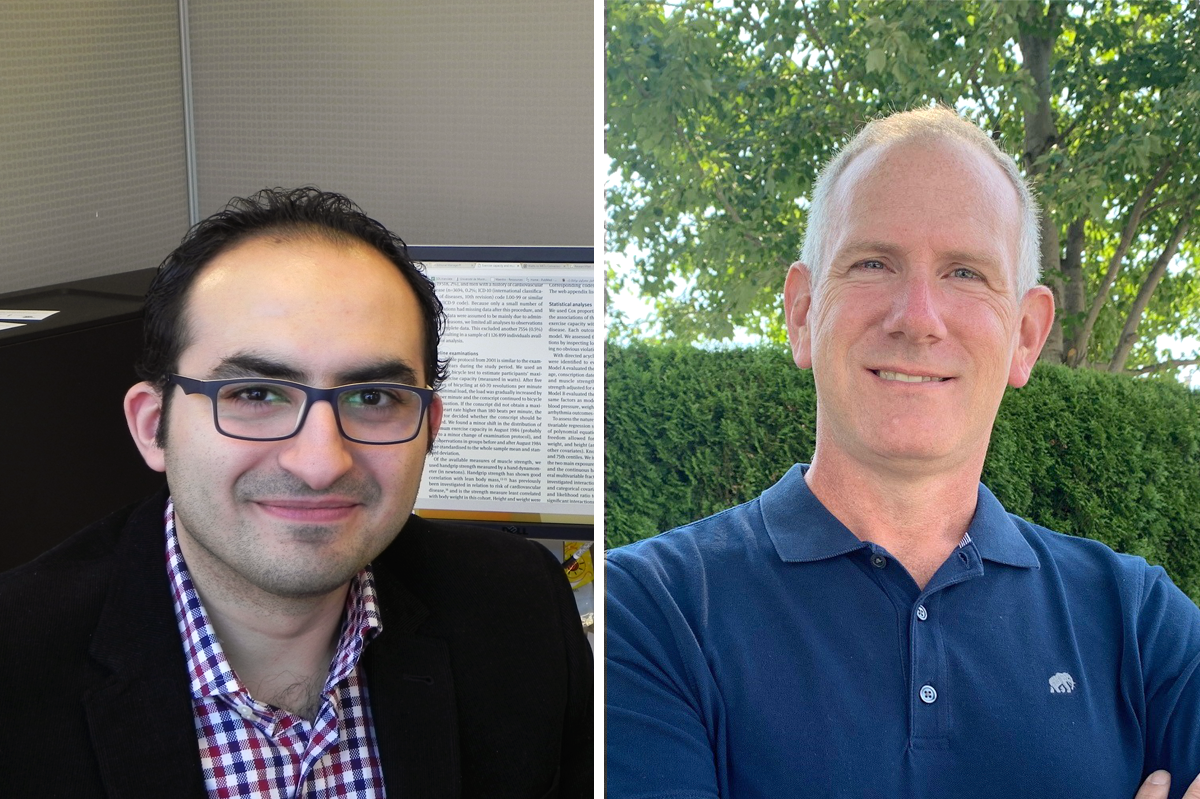
Two interdisciplinary research teams from the Rady Faculty of Health Sciences have received one-year grants from the Winnipeg Foundation Innovation Fund for cutting-edge projects that will advance research in the areas of brain disease and mother-infant health.
“These two projects illustrate the diversity of the kinds of projects the Winnipeg Foundation supports, which expand the spectrum of research with high-risk, high-reward initiatives,” said Peter Nickerson [B.Sc. (Med.)/86, MD/86], vice-dean research of the Rady Faculty.
The two grants are part of the Winnipeg Foundation’s $1 million commitment, over five years, to support innovative medical research through the Rady Faculty.
Investigating brain cancer at the cellular level
Chris Anderson [PhD/98], professor of pharmacology and therapeutics and director of the Neuroscience Research Program at the Kleysen Institute for Advanced Medicine, leads a team that will focus on glioblastoma, a deadly form of brain cancer with few treatment options and a median survival time of less than 15 months.
With co-leads Dr. Tanveer Sharif from the department of pathology and Dr. Ji Hyun Ko from the department of human anatomy and cell science, Anderson will study whether a specific cell protein in the lining of brain blood vessels, called an NMDA receptor, represents a viable new target for therapies.
“Dr. Sharif’s collaboration with McMaster University gives us access to patient glioblastoma samples, which we can study in Manitoba,” Anderson said. “We’ll culture the glioblastoma cells with brain endothelial cells to study the nature of molecular interactions between them, in detail, including the role of NMDA receptors.
“It will allow us to determine the role NMDA receptors play in glioblastoma cell movement and tumour expansion.”
The second part of the project will involve studying the development of tumours after transplanting patient-derived glioblastoma samples into live mice.
“Using MRI and PET imaging, as well as other state-of-the-art approaches, we’ll look at patterns of glioblastoma cell infiltration, as well as tumour size, blood flow and metabolism,” Anderson said.
“Performing these experiments in mice genetically engineered to eliminate NMDA receptors in endothelial cells will allow us to directly test the role of this intriguing host target.”
Harnessing data to track mother-infant health
Dr. Sherif Eltonsy, assistant professor of pharmacy, leads a multi-site project that will create a national database on the effects of medications on pregnant mothers and their offspring.
“The idea is to use real-world data to inform mothers, policymakers and physicians on the effects of medications; which are the safest to use and which pose a risk to mother or infant health,” Eltonsy said.
“Pregnant women are excluded from randomized trials, so often this becomes the only way to assess the safety of most medications in the market on mothers and infants.”
Eltonsy, a pharmacoepidemiologist with an academic focus on drug safety, leads the project with two researchers from the Max Rady College of Medicine, Dr. Marcus Ng and Chelsea Ruth [B.Sc./95, B.Sc.(Med)/99, MD/99, M.Sc./10], who specialize in neurology and neonatology respectively. The team is collaborating with researchers in Quebec, Saskatchewan and Alberta.
“The project aligns perfectly with the Winnipeg Foundation Innovation Fund as an interdisciplinary, innovative project with short-term tangible outcomes – answers to questions mothers have about how best to keep themselves and their newborns safe – as well as a sustainable long-term platform that can be used regularly for big data analyses in mother-infant health,” Eltonsy said.
During the next year, Eltonsy’s team will focus on creating the infrastructure of the project and developing a pilot demonstration using epilepsy medications data. “We plan to create a national epilepsy and mother-infant health group covering more than 1.5 million pregnancies and 20 years of followup,” he said.
BY ALAN MACKENZIE
